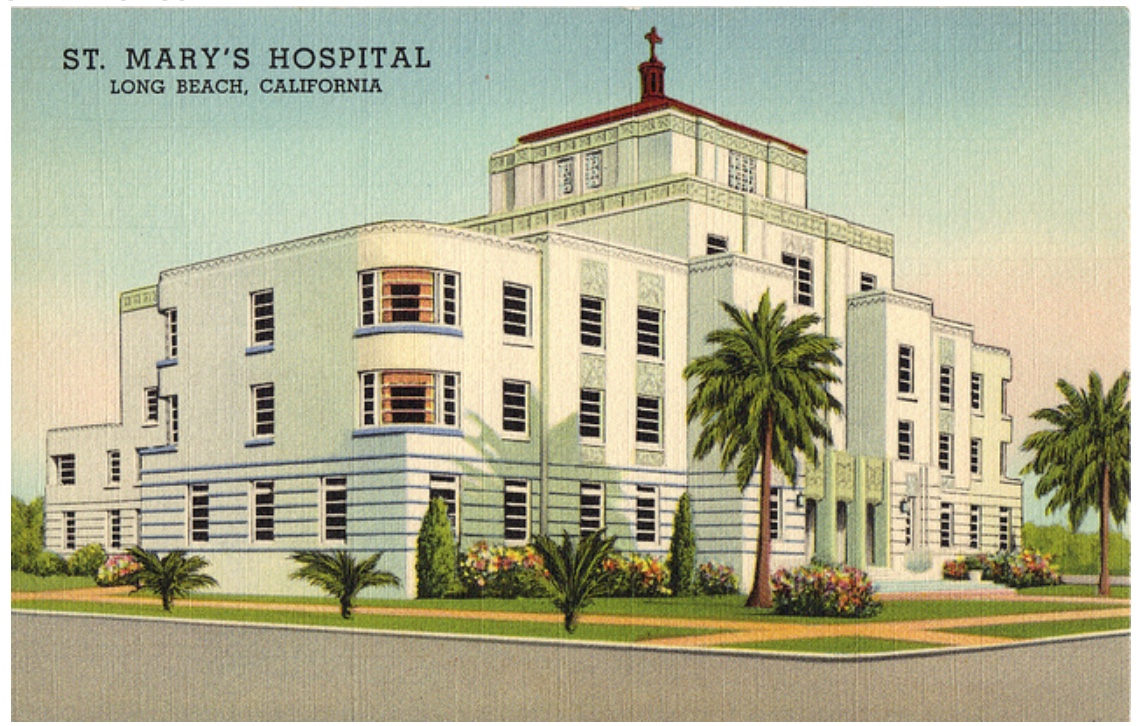
Art Deco Architecture in Long Beach, CA
I recently boarded a double decker red bus for a tour of Art Deco and Streamline Moderne style architecture as part of the Long Beach Architecture Week. Our guide was the expert on Art Deco Architecture in Long Beach, John Thomas and I even got a signed copy of his book on the subject!

Note: This post contains affiliate links, which by clicking, at no cost to you, may allow me to earn a small commission. This helps me continue to bring great content about Architecture to my readers.
What is Art Deco?
The Art Deco style, which began to appear at the end of the 1920’s and early 1930’s, evolved primarily from the Paris Exhibition of 1925 called the Exposition Internationale des Arts Décoratifs et Industriels Modernes (if you are reading my other posts, you may be noticing a theme involving the relationship between Art and Architecture in Paris and Southern California!). King Tut’s tomb had been discovered just a few years earlier and by 1925, “Egypt-mania” had swept the world. Much of the style found at the Paris Exhibition included motifs from what was found inside the tomb: rams heads, scrolling ferns, flora and fauna, zig-zag chevron patterns, decorated columns and so forth.
What is “Streamline Moderne”?
Almost simultaneously, a new style of architecture called “Streamline Moderne” emerged, as designers were inspired by the rapid pace of technology in the development of cars, ships and trains. Finally, “PWA Moderne” was the name given in retrospect to modernistic public buildings designed by Depression-era architects funded by the PWA in the late 1930s and early 1940s. The PWA was a New Deal Program created by the National Industrial Recovery Act of 1933 to invest money into the construction of Public Works. The Long Beach Post Office is a good example of this style.
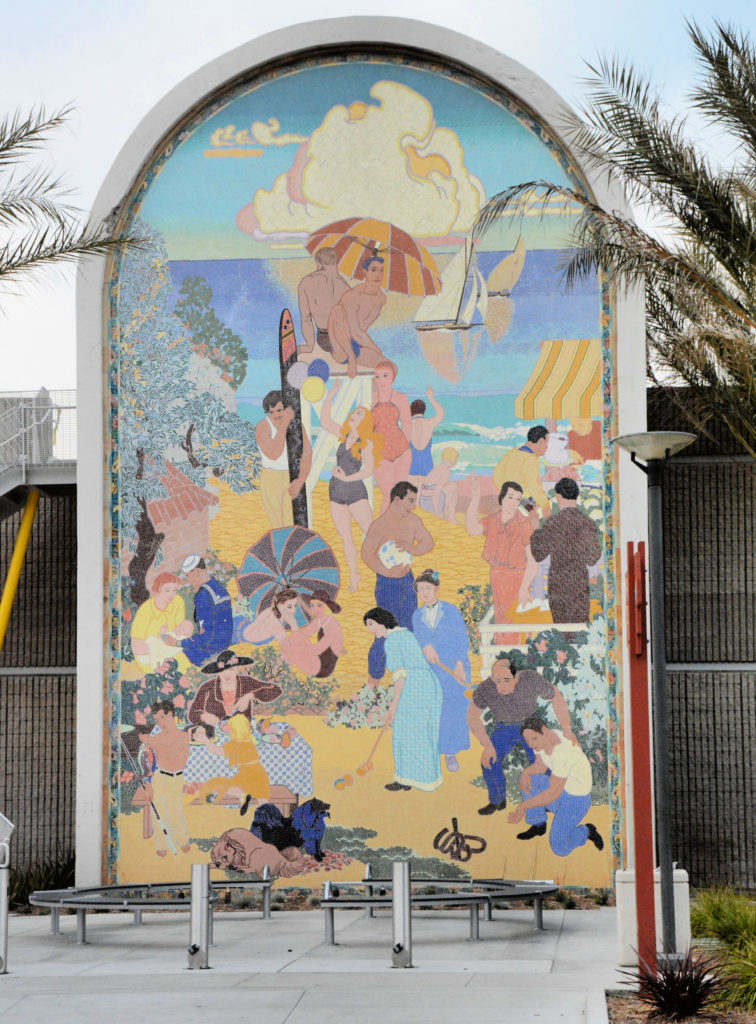
Why is there so much Art Deco in Long Beach?
In 1933, Long Beach experienced a devastating earthquake which destroyed a large number of buildings, including many schools and the main hospital. Because of the popularity of the Art Deco style at the time, much of Long Beach was rebuilt in this style and many buildings still stand today.
The city of Long Beach’s Historical Context Statement describes Art Deco as follows: “ Known locally as the Zig Zag Moderne, Art Deco buildings are characterized by smooth wall surfaces punctuated by piers and enlivened zigzags, chevrons, low-relief geometrical patterns often in the form of parallel straight lines, and stylized floral motifs. Ornamentation is mostly concentrated around window and door openings, with stylized string courses along roof edges or parapets. Roofs are flat or step back and up in a series of increments; towers were a popular vehicle for setbacks. The facade usually consists of series of setbacks emphasizing the geometric form. Piers define vertical channels of window bays. Compositions tend to be symmetrical and balanced.
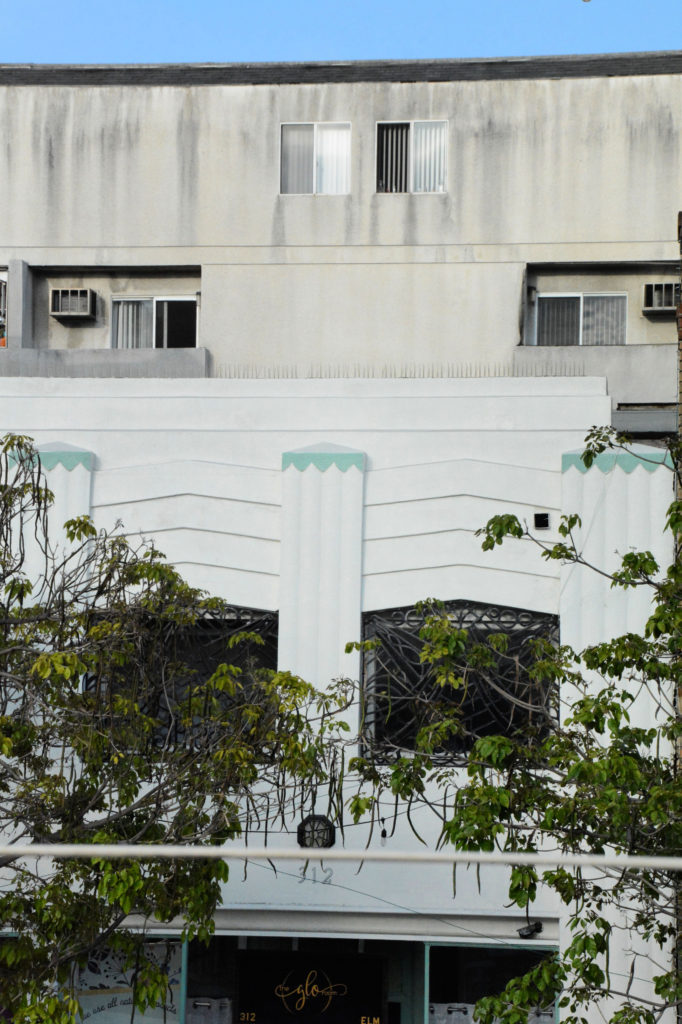
The majority of Art Deco buildings are commercial in use and range from single-story storefronts and markets to high-rise office buildings. The style was also used to good effect on multistory apartment buildings, theaters, and hotels. It was not a popular choice for single-family residences, although the occasional exception to the rule does exist.”
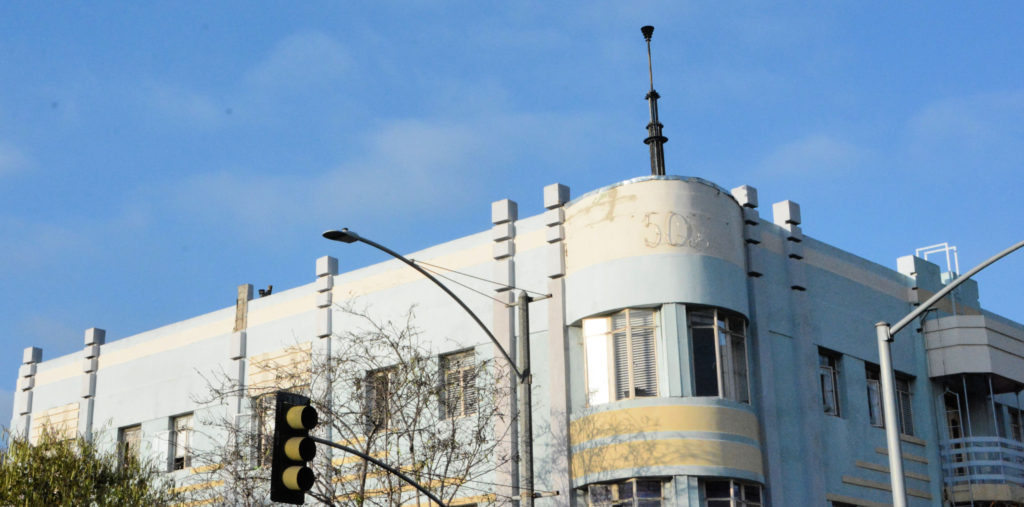
The Double Decker Bus Tour!
Our first stop was a quintessential Art Deco building: the Rowan Building. Not only does the chevron pattern appear on the face of the building but it actually takes a 3-d form as the chevron patterns push out along the side of the building. The purple, gold, gray, turquoise and tan glazed terra cotta tile, typical of the time, include all of the art deco motifs, with a nod to Long Beach, including the sun, leaping fish and waves that scroll like fern leaves. The spandrels (the area underneath the windows) were highly decorated as well.
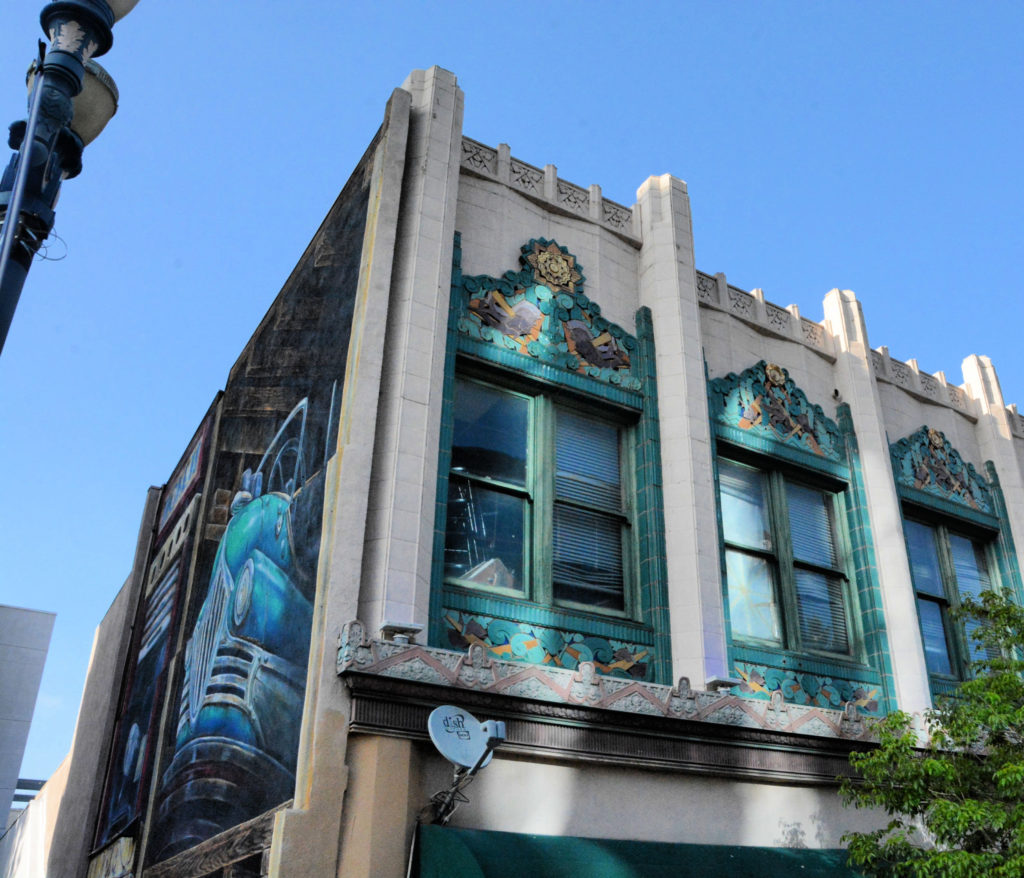
The Walker’s Department Store is currently being transformed into a condo building and given the enormous windows allowing for beautiful Southern California sunshine, it promises to be a residential gem.
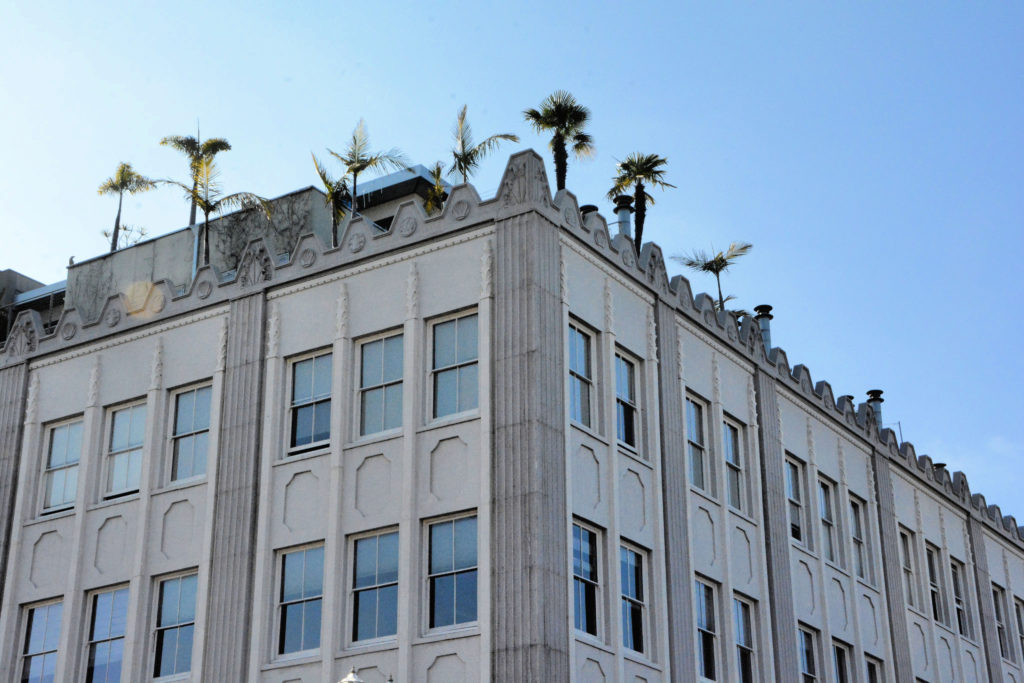
The Hancock Motors building is a true example of the Art Deco style. Formerly a car dealership for the Hupmobile, the building was designed by Cecil and Arthur Schilling, perhaps the most prominent architects in Long Beach at the time. Cecil had actually gone to the 1925 Paris Expositions, embraced the new modernistic movement and brought everything he discovered to Long Beach, including all of the Egypt mania.
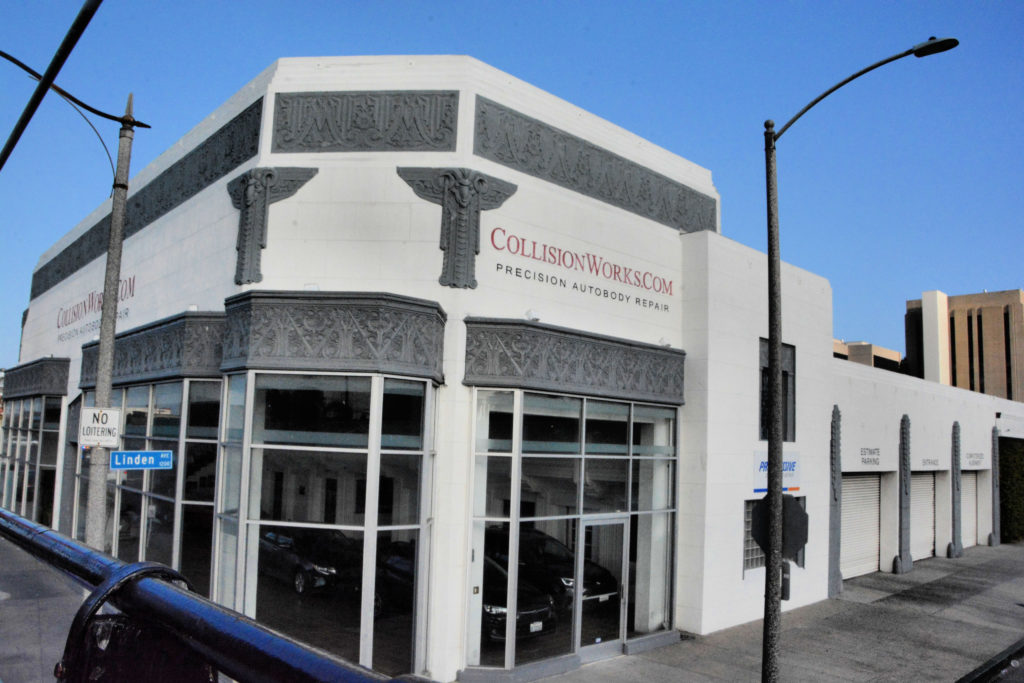
Cecil Schilling even used the Ram’s head, sort of ‘borrowing’ the Dodge logo but stylized in the Art Deco way, which allowed him to avoid copyright infringement. The ram’s head was one of the most used animal images in Art Deco. The top of the parapet steps back into itself like a mini-building. There is the repeat pattern of flora fauna and garland throughout. This was one of the first uses of glass block, which became very popular in late 1920’s and 1930’s. It allowed for diffuse natural light and could be used on a wall next to a door, on sidewalks where basement went beyond building into the street and in the ceiling.
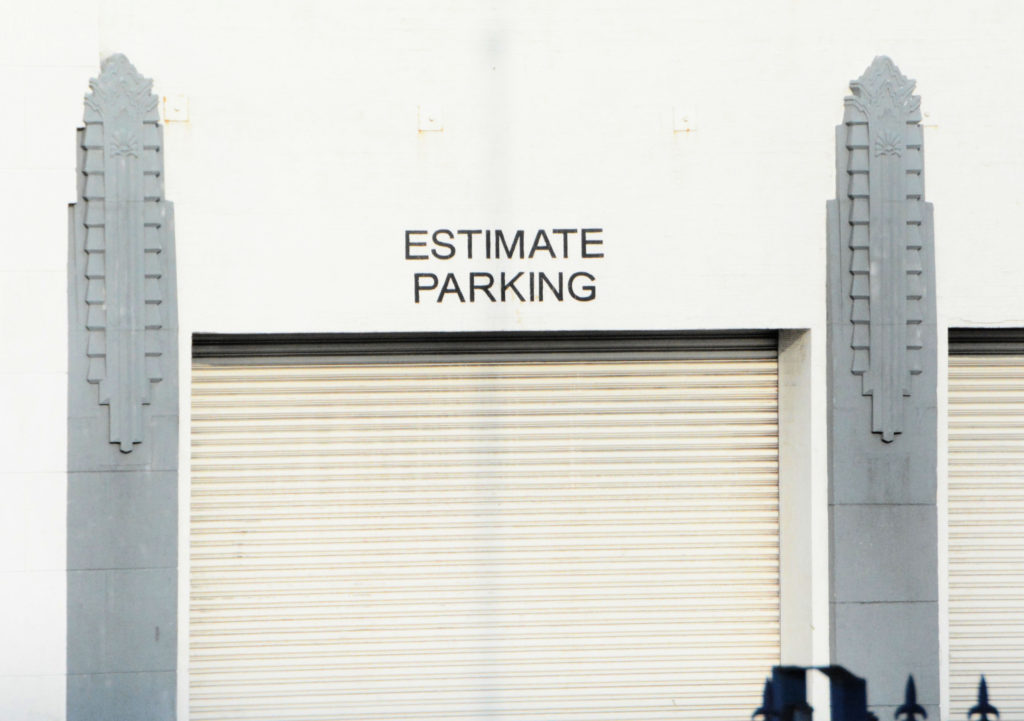
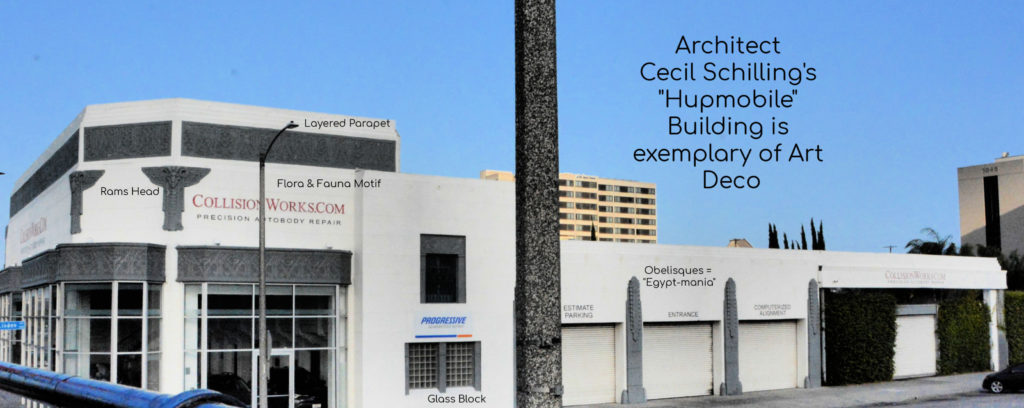
St. Mary’s Hospital
St. Mary’s hospital had been so badly damaged in the 1933 earthquake, the entire building had to be demolished and subsequently rebuilt in an Art Deco and Streamline Moderne style. The architect, I.E. Loveless designed the building in a wedding cake, layered style. Art Deco motifs like chevrons and flora and fauna along with crosses were integrated into the facade.
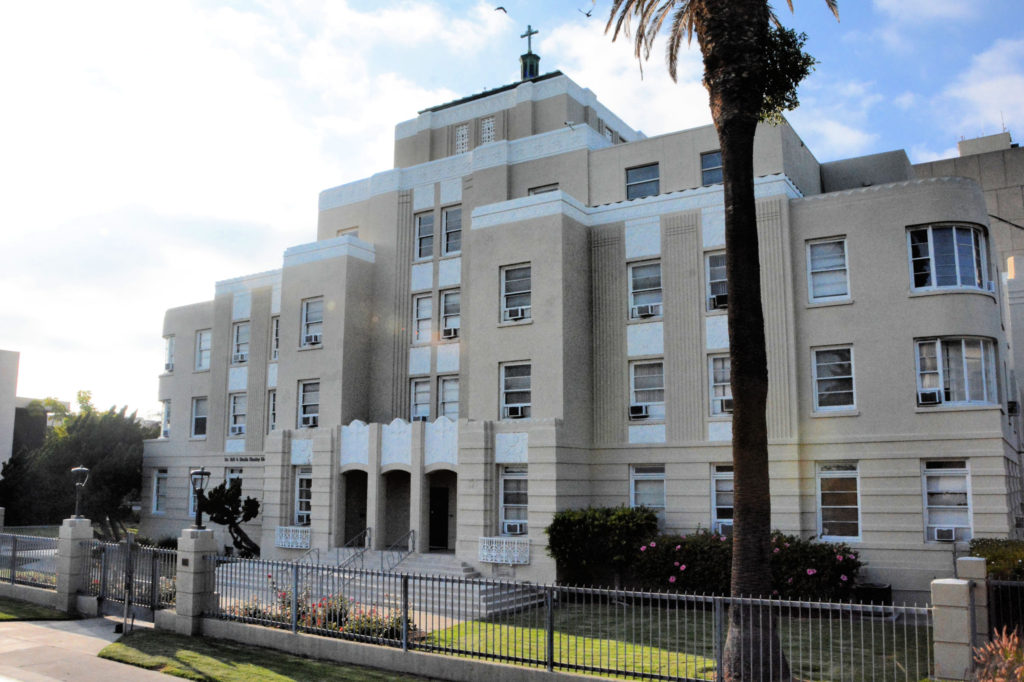
The building projects out in a design element called “arm chairing” where the tower is the back of the chair and the “arm rests” project out. Meanwhile, the window casings are curved and certain parts of the building curve to incorporate the Streamline Moderne element. Horizontal speed lines at bottom of building were popular at the time. They were inspired by the chrome speed lines found on automobiles which gave the sense that the object was moving even when sitting still. Over the entry way are three big pieces with crosses layered over unfolding ferns, flora and fauna. The hospital is oriented facing the sea and certain rooms have an ocean view. It retains its original terrazo flooring, typical of Art Deco.
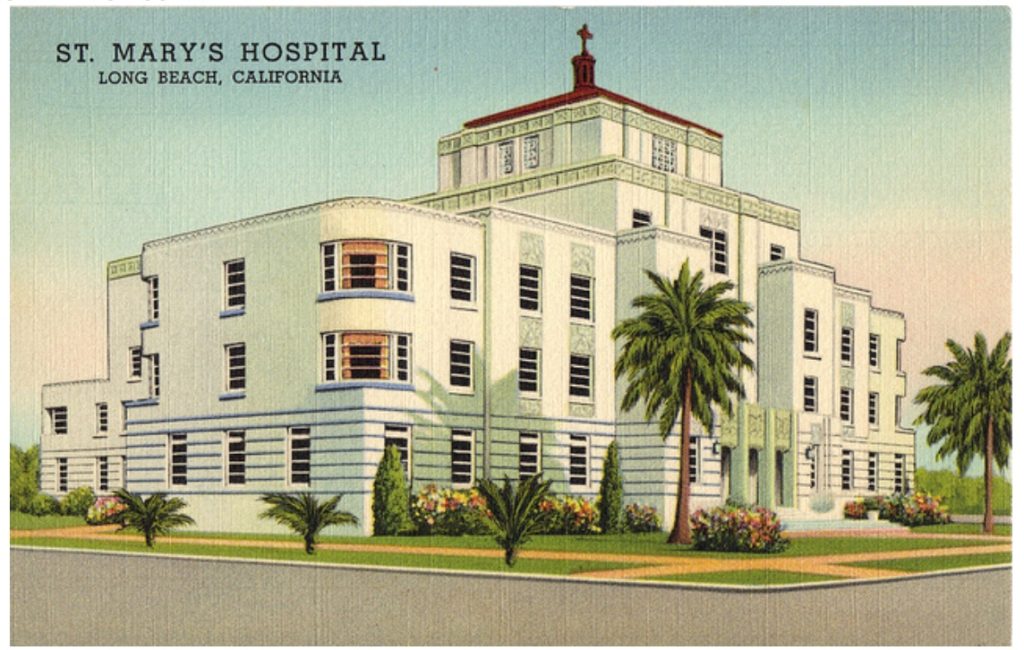
The Lafayette Building
The Lafayette building is an exquisite example of Art Deco, also designed by Cecil Shilling. Here we see the typical chevron zig-zags coming at you in the spandrels. At the very top is a repeat of zig zags with rosettes, and garland strung all the way along the building. Schilling had a “Michaelangelo” approach: he designed and created all the form work himself as well as every detail of the interior, from the light fixtures, wall sconces, down to the silverware.
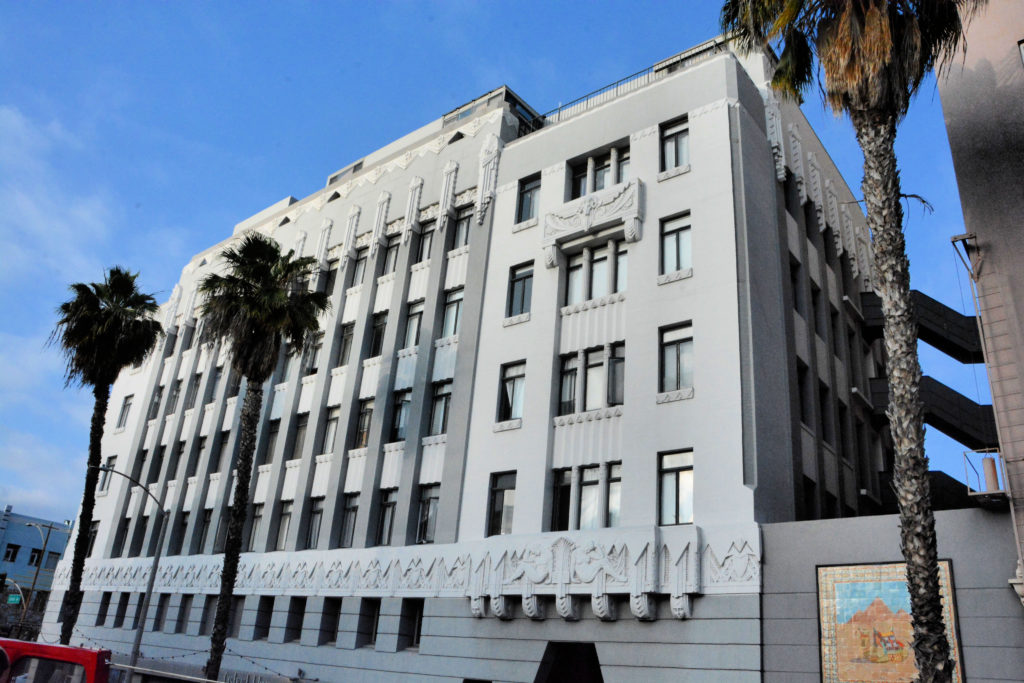
At the bottom of the building, over the entry way, two figures are watching over those entering, providing protection to guests during their stay. The hotel was slated to open the day of the stock market crash of October 29th, 1929 but then opened a few days later.
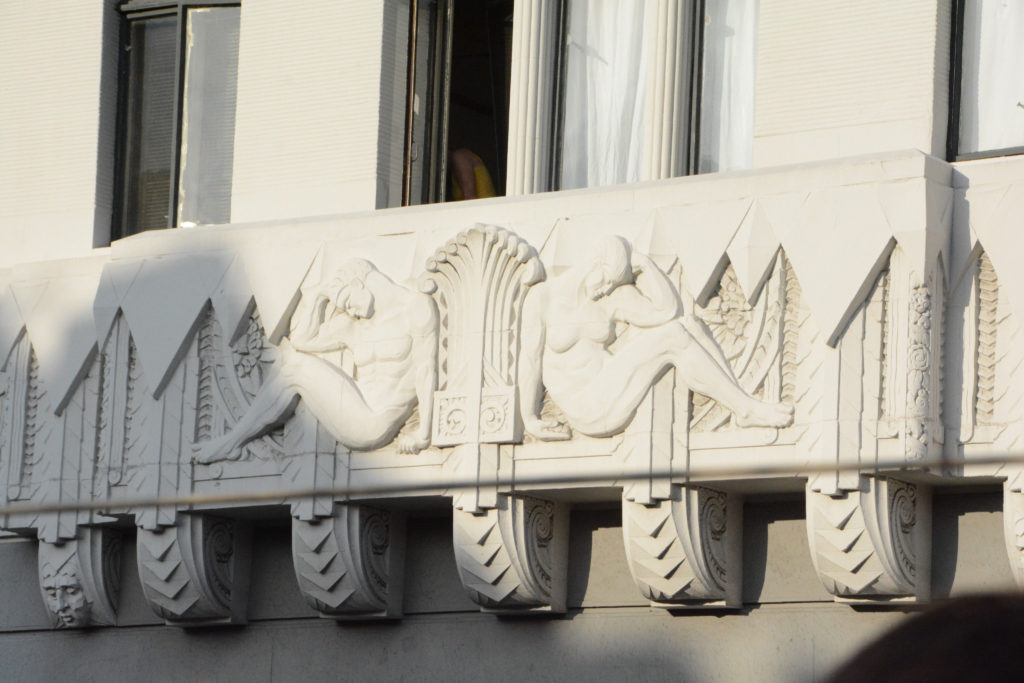
The Glenny Thomas Dodge building turned the now defunct Bertrand’s Used Books store was one of first uses of neon on the block. It is built in an asymmetrical Streamline Moderne style. The building is so beloved that its facade will be preserved while a large mutli-use project is being built on the block.
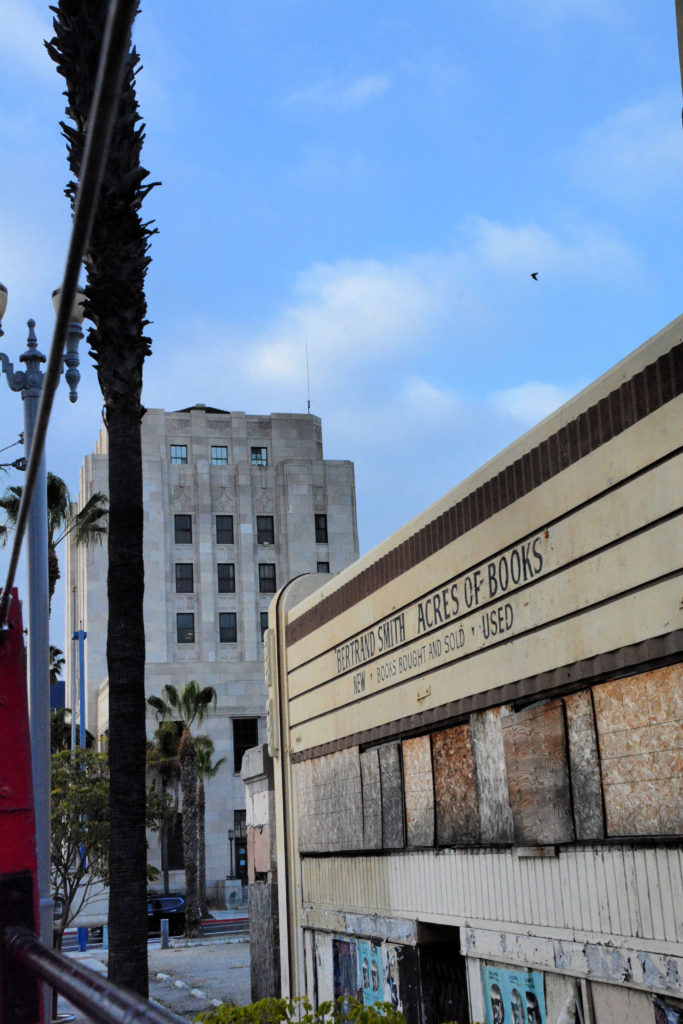
Built in 1934 when the population of Long Beach was utterly booming, the monumental post office looms large. At the top, sunflowers adorn an additional podium tower. The surface of the building is glazed terra cotta roughed up to look like sandstone.
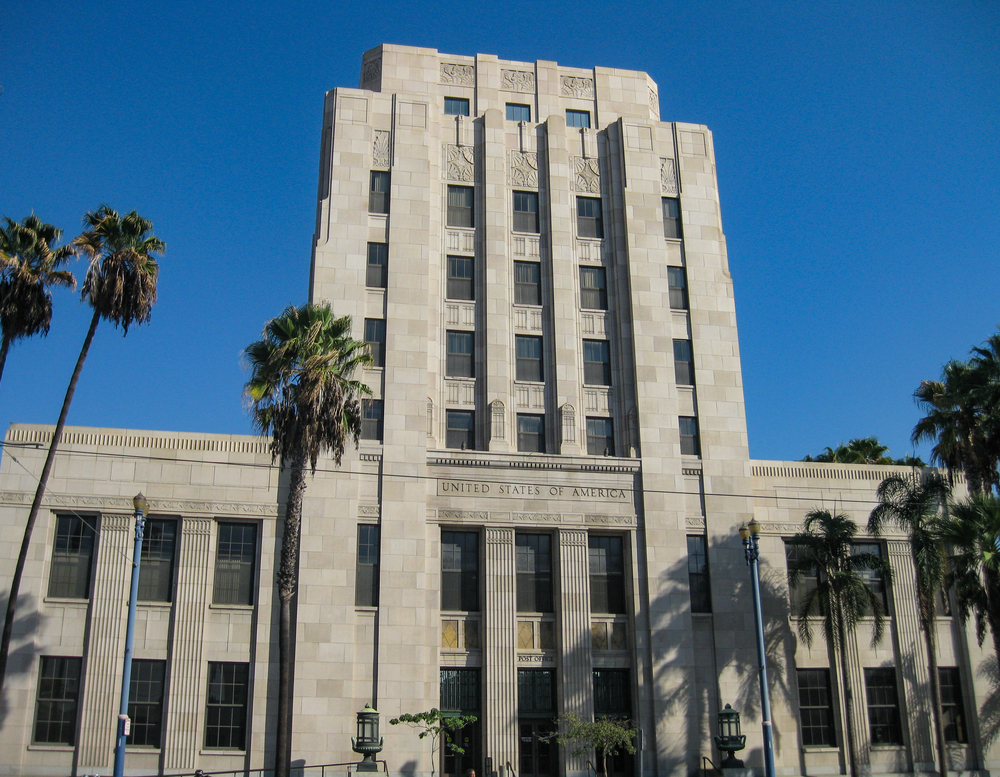
Many of the Art Deco buildings have been or are being restored by using what is called “Adaptive Re-use”. This allows a building owner to take advantage of the Historic Building Code and keep the building historically accurate while still delivering modern day energy, ADA and fire/life safety. Sadly, in the 1970’s, the city was heavily influenced by the HUD urban renewal policy. Cities were incentivized to tear down entire blocks, do a land write down, sell property to a developer for $1 to come and re-develop the block, usually in a manner totally devoid of style. This approach can badly damage the architectural vocabulary of a city, affecting a person’s ability to find a sense of place.
The tour was 2.5 hours long as part of Long Beach Architecture Week. Upon reading my signed copy of John Thomas’ book on the subject of Art Deco Architecture in Long Beach, I was amazed at how much more Art Deco there is to see in this seaside city.
Obsessed with Art Deco? Looking for more information? I found this book which covers not only Architecture, but also art, graphics, sculpture and more:
Did you enjoy reading about Art Deco Architecture in Long Beach, CA? Sign up for my newsletter to stay up to date on art, architecture and cultural travel:
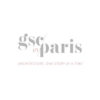
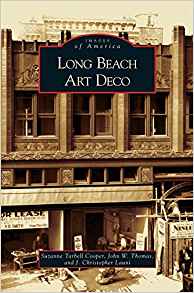
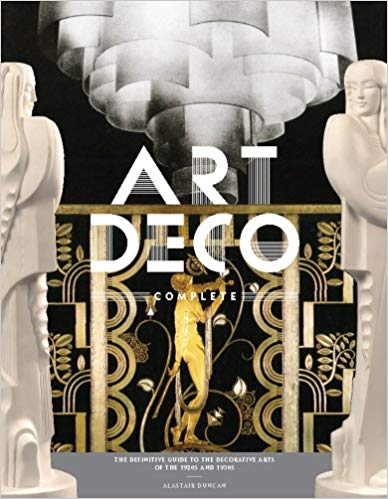
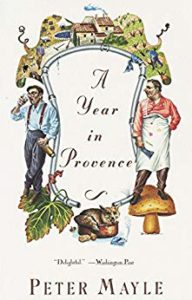
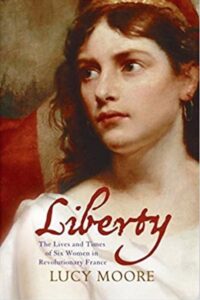

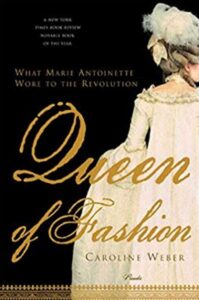
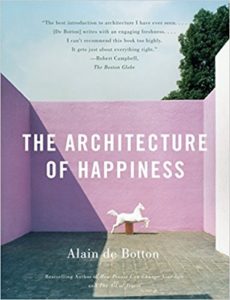
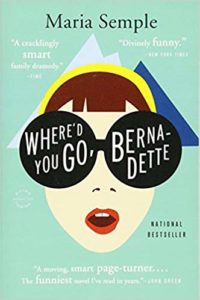
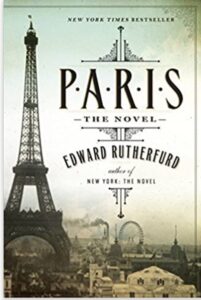

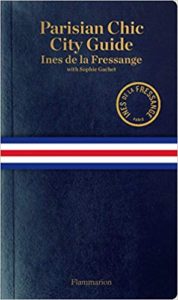
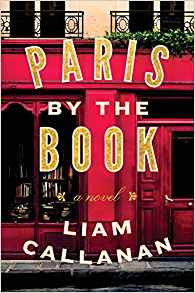
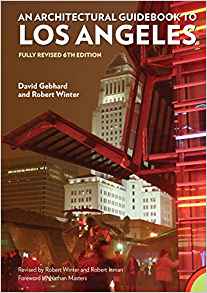

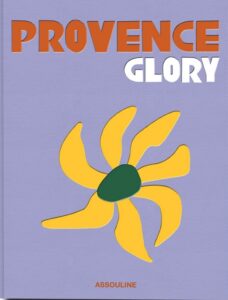
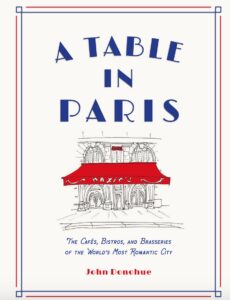

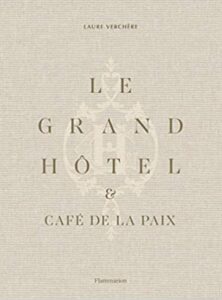
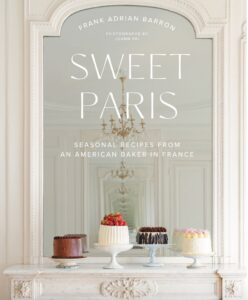

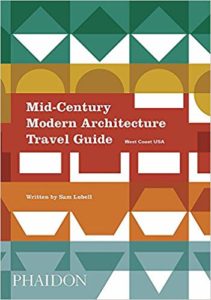
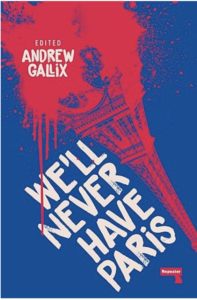
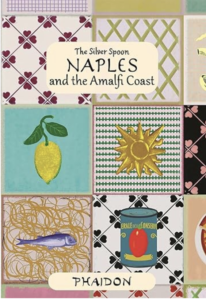

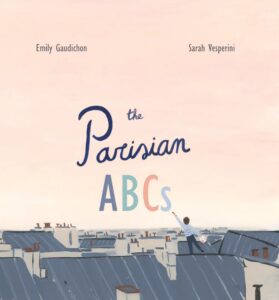


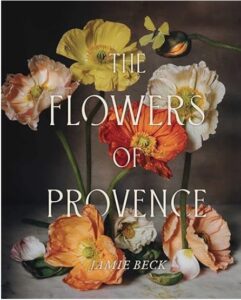

Pam
June 13, 2019 at 7:46 amSo interesting! I love Art Deco. We recently visited an Art Deco-inspired theater and it was just beautiful.
Lisa
June 13, 2019 at 11:56 amI really like the style of the buildings!
kmf
June 13, 2019 at 12:27 pmBeautiful architecture!
Amanda
June 13, 2019 at 5:09 pmWhat a cool tour! The buildings are fabulous.
Julie Gazdecki
June 13, 2019 at 6:51 pmLove how they kept the style over the many years. Thanks for sharing so much history with us.
jen
June 13, 2019 at 7:43 pmInteresting article!
Tricia Snow
June 13, 2019 at 8:41 pmBeautiful architecture as usual! I love your photos!
Michele
June 14, 2019 at 4:34 amBeautiful! We did an architectural tour in Chicago recently! It was very eye opening as well!
Shirley
June 14, 2019 at 11:21 amWhat a fun tour! This is something I would like to do one day so I’m bookmarking for future reference.
Lori Nielsen
June 14, 2019 at 1:03 pmI always thought that Art Deco included the rounded edges, but it looks like that is actually Streamline Moderne! I guess because they were popular at the same time, elements from both were incorporated into many buildings? This was a fascinating post!
Heather
June 14, 2019 at 6:04 pmVery interesting. I was just showing my husband. He loves art deco.
Jennifer | Me and My Traveling Hat
June 14, 2019 at 8:38 pmI love the Art Deco era! I’m glad you shared about this tour, now when I return I’ll have to take this tour.
Life Beyond zebra
June 14, 2019 at 9:02 pmNeat! This isn’t too far from me, I will have to go up one day and check it out.
Darren Spinelli
November 23, 2019 at 9:51 pmI love Long Beach Art Deco. I enjoyed your photos and your writing. It answered a lot of questions I had on some of the buildings.